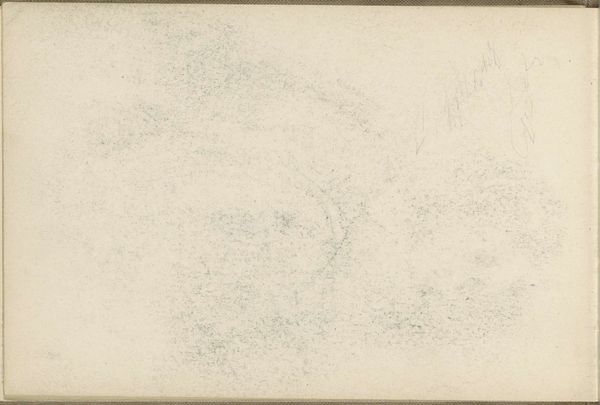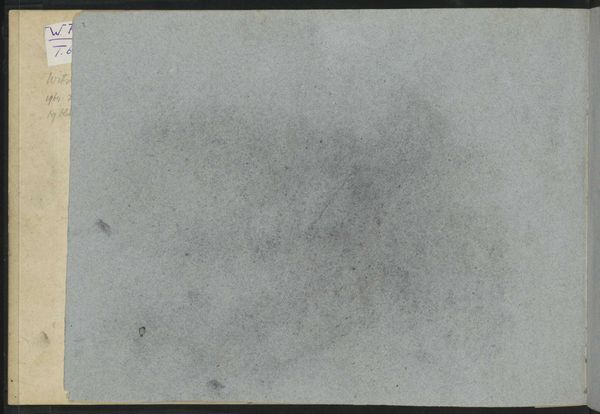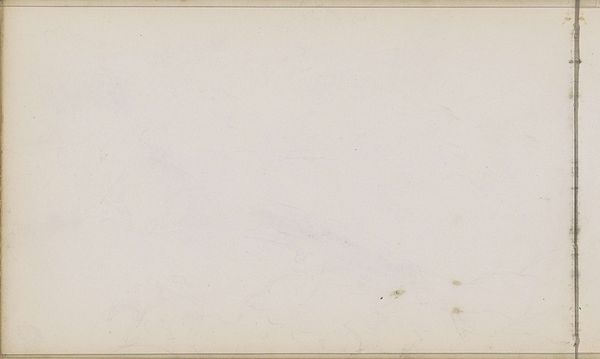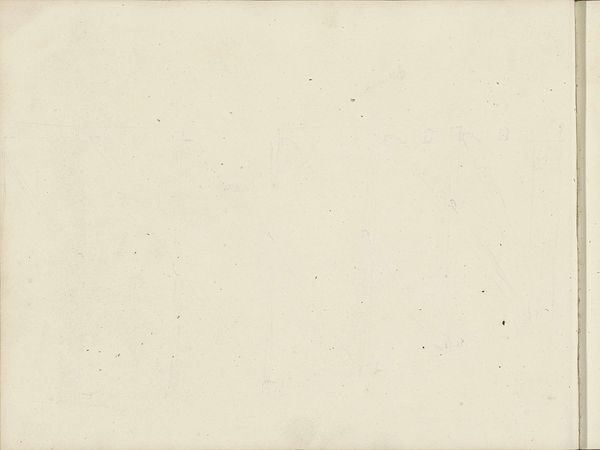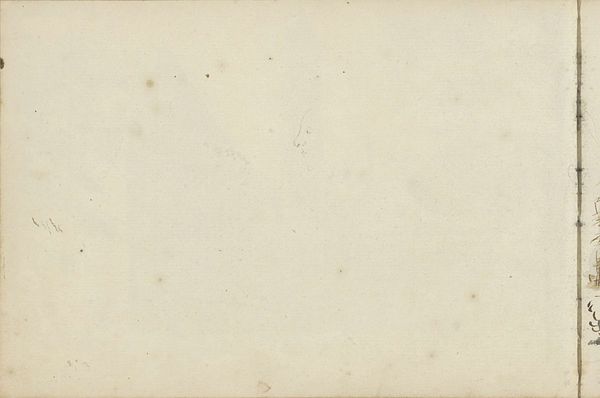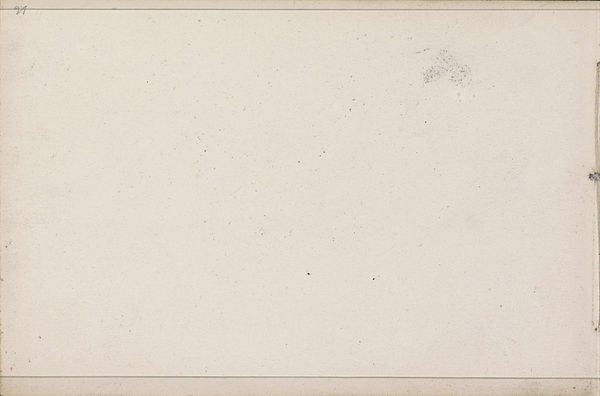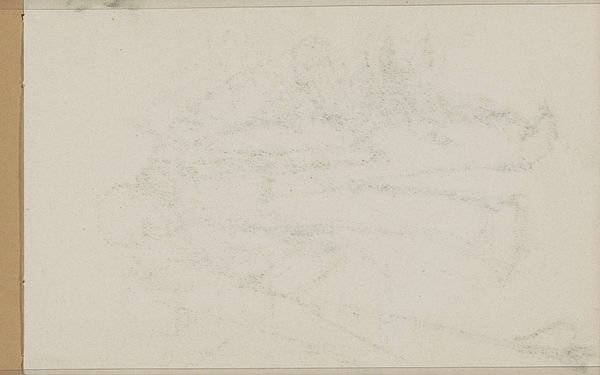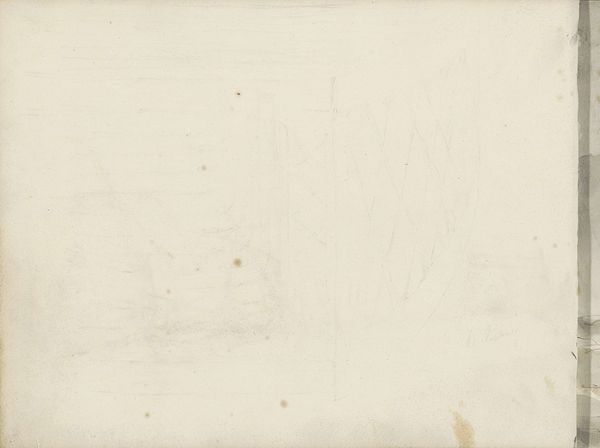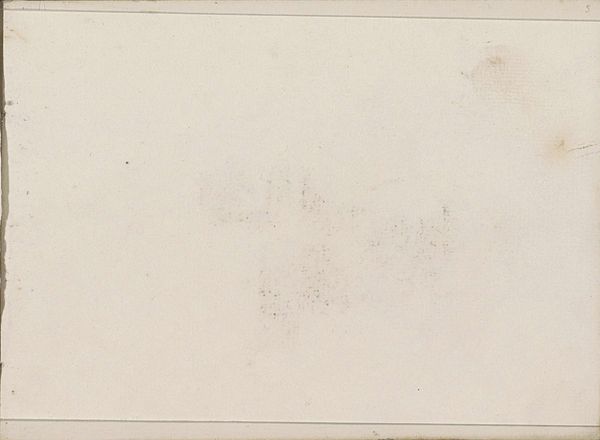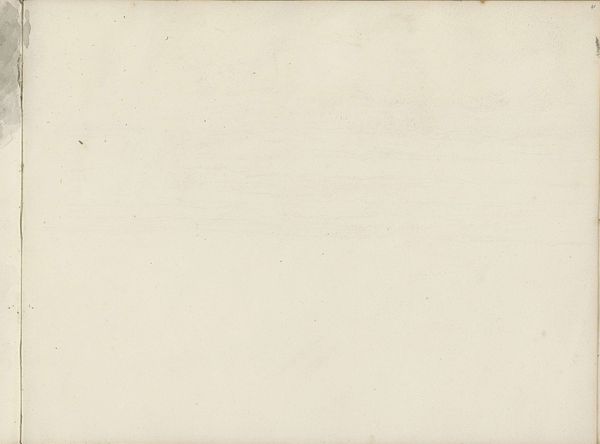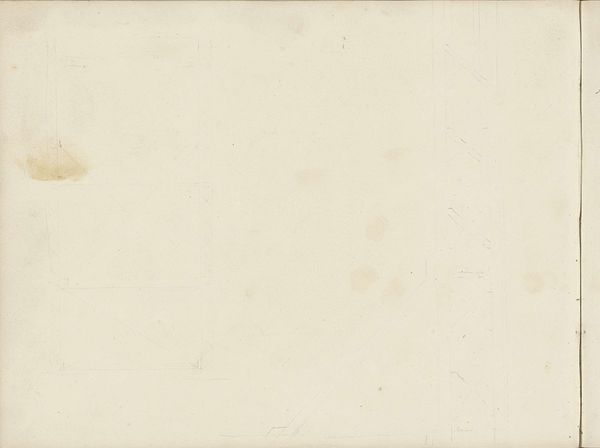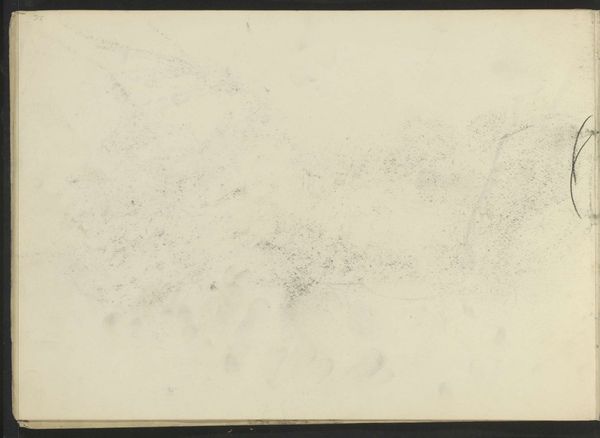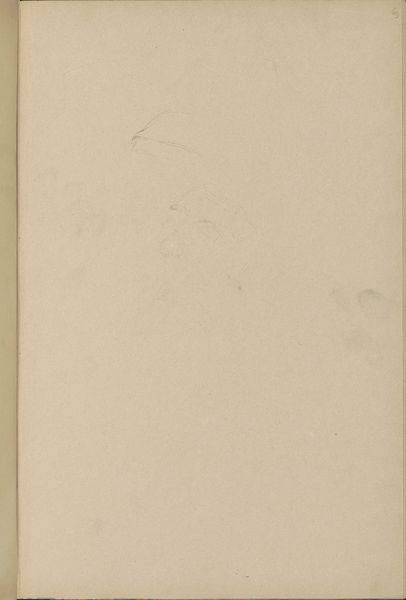
drawing, pencil
#
drawing
#
toned paper
#
landscape
#
pencil
#
watercolor
#
realism
Copyright: Rijks Museum: Open Domain
Curator: I find something so wonderfully haunting about Willem de Famars Testas' "Dromedarissen," created sometime between 1858 and 1860. It's rendered in pencil and watercolor on toned paper. Editor: Oh, haunting is the perfect word! It's this muted, almost ethereal landscape with these faint figures. The camels are there, but they feel like ghosts. It’s beautifully desolate. Curator: Yes, desolate captures it! I think the emptiness speaks volumes about the artist's perception of the desert—less a romantic vista and more an isolating expanse. Famars Testas traveled extensively in North Africa, and this work possibly reflects his complex relationship with the colonial context of those travels. Editor: Absolutely. Knowing the historical backdrop casts this piece in a different light. You begin to wonder about the gaze of the artist, and for whom this image was originally created. I wonder if the toning of the paper was to give it an “antique” quality, evoking old maps and journeys? Curator: It’s a compelling thought. The limited palette reinforces the idea of faded memories, of time and distance softening harsh realities, perhaps. I am also drawn to the contrast between the almost complete nothingness and then these carefully observed creatures. Editor: The way he's rendered the camels; they have this weary grace about them, don't they? Even in the spare lines, you get a sense of their endurance. It reminds me of how travel, in some cases, could reveal the rawness of life outside of urbanity and prompt some deep reflection about how one navigates through harsh environments. Curator: Yes, precisely. And the drawing itself feels like a meditation. Like the artist trying to grasp not just the image of the desert, but also its essence. Editor: It does indeed. There's a stillness to it that stays with you long after you've moved on. A sense of solitude found far outside familiar spaces. Curator: For me it has an emotive effect; perhaps a deeper invitation to confront the scale of human endeavour in an often harsh and unrelenting reality. Editor: Indeed; it serves as a compelling reminder that so much of art lies not just in what is shown, but in what's suggested and the spaces left undefined.
Comments
No comments
Be the first to comment and join the conversation on the ultimate creative platform.
